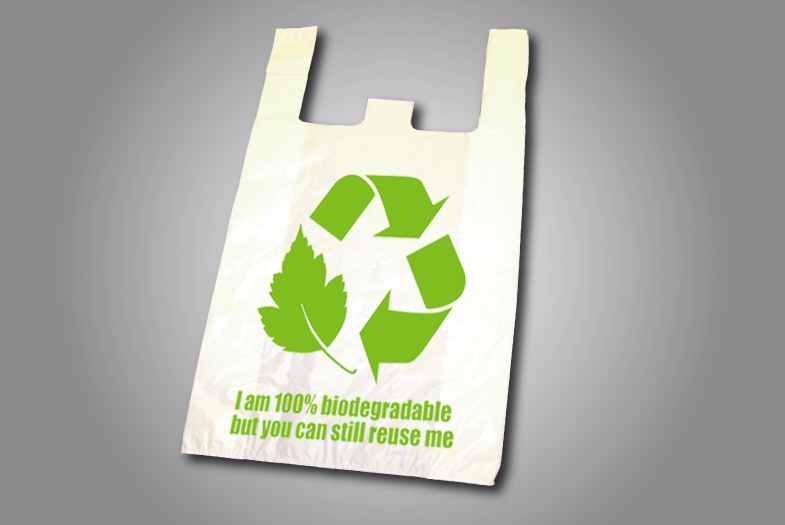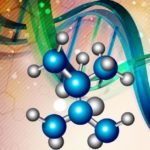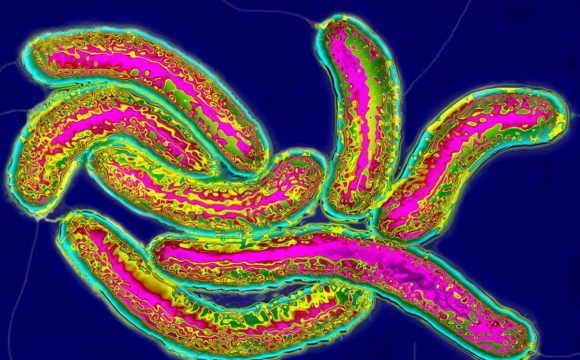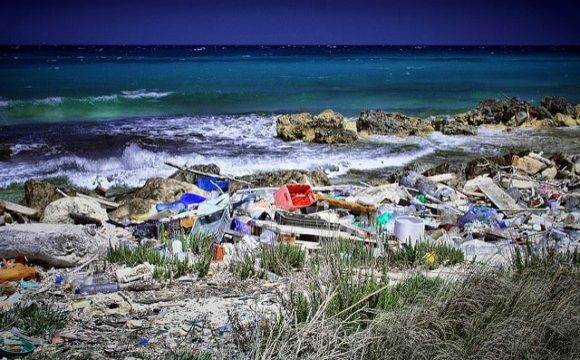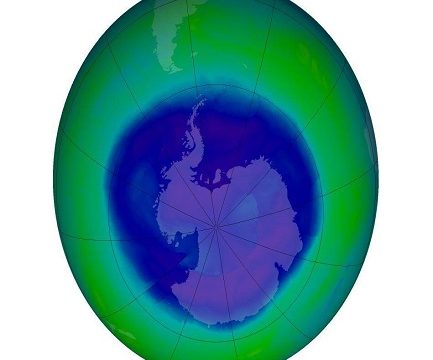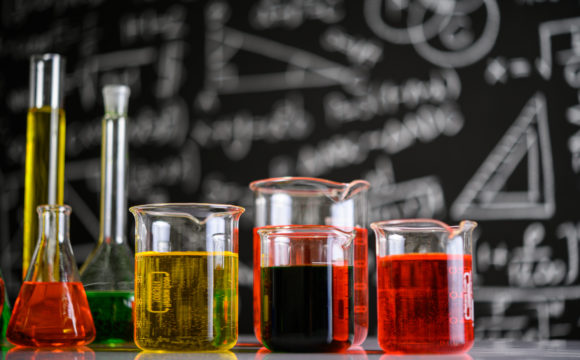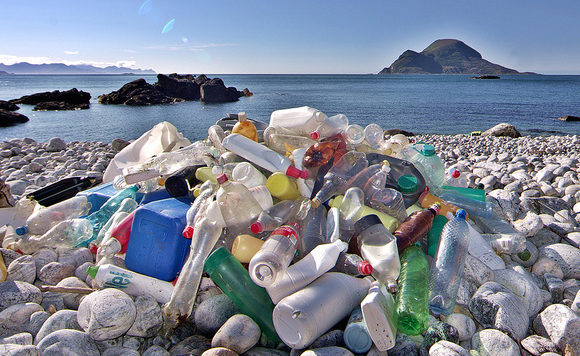As nations and states are grappling with the ban on plastics products, questions arise on the solution to such a ban. The state of Maharashtra has recently joined the list. Alternatives to plastic are not easily available and are also quite expensive. The regular use plastics like single-day use polyethene bags can be replaced by cornstarch-based plastics but they have a short shelf-life and are quite cumbersome to handle. Paper bags look like a good solution but they have a high carbon footprint and it puts pressure on the natural resources to produce them. Such alternatives are good for the packaging industries but not for regular use.
So, making the alternatives affordable would be the first criteria. For this many research groups around the world are working very hard to synthesize affordable biodegradable and bio-renewable plastics. Two years ago, scientists from IIT Madras had developed a three-layered sachet from cellophane, which was regenerated cellulose.
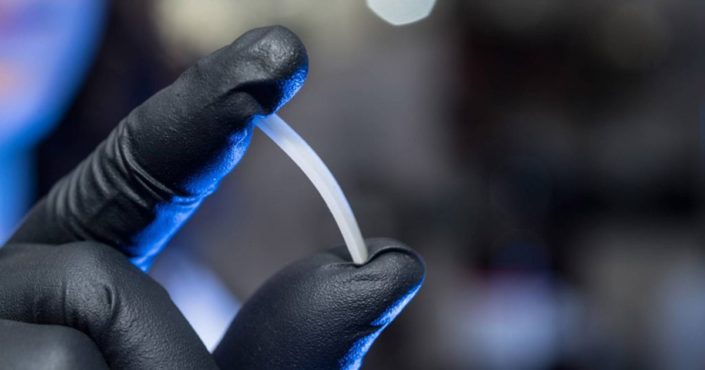
Recyclable polymer developed by Eugene Chen’s lab at Colorado State University
(Source: https://natsci.source.colostate.edu/infinitely-recyclable-polymer-shows-practical-properties-of-plastics/)
Recently, polymer chemists from Colorado state university have made a huge advancement towards a high performance biodegradable and bio-renewable plastic. It is described as a polymer called bacterial poly(3-hydroxybutyrate) - or P3HB. It is expected to replace plastics in some major industries. The work was published in Nature Communications by a team lead by Eugene Chen.
P3HB is produced in nature by algae, bacteria and other microorganisms. It is not commercially used due to the limited availability and high cost. However, now this new synthetic route of synthesis offers potential for a large-scale, cost-effective and faster production. The route is enabled by newly designed catalysts that enhance the rate of the reaction. The starting material they used is succinate which is an ester of succinic acid. Succinic acid is produced in the fermentation of glucose and there are no issues with the availability of this starting material. The monomer can be easily polymerized in eco-friendly conditions and has good thermal and mechanical stability like regular-use plastics. Importantly, they can be brought back to their monomeric state with the help of catalysts in lab conditions thus making them bio-renewable too.
“It would be our dream to see this chemically recyclable polymer technology materialize in the marketplace,” Chen said. Though this has been developed at an academic level there is still some work to be done to bring it up to the production process.
They have filed a provisional patent for the new technology but are still optimizing their monomer for developing even new more cost-effective routes to such similar polymers.
References:
- https://natsci.source.colostate.edu/infinitely-recyclable-polymer-shows-practical-properties-of-plastics/
- Xiaoyan Tang, Eugene Y.-X. Chen. Chemical synthesis of perfectly isotactic and high melting bacterial poly(3-hydroxybutyrate) from bio-sourced racemic cyclic diolide. Nature Communications, 2018; 9 (1) DOI: 10.1038/s41467-018-04734-3
- https://www.nature.com/articles/s41467-018-04734-3#Abs1



